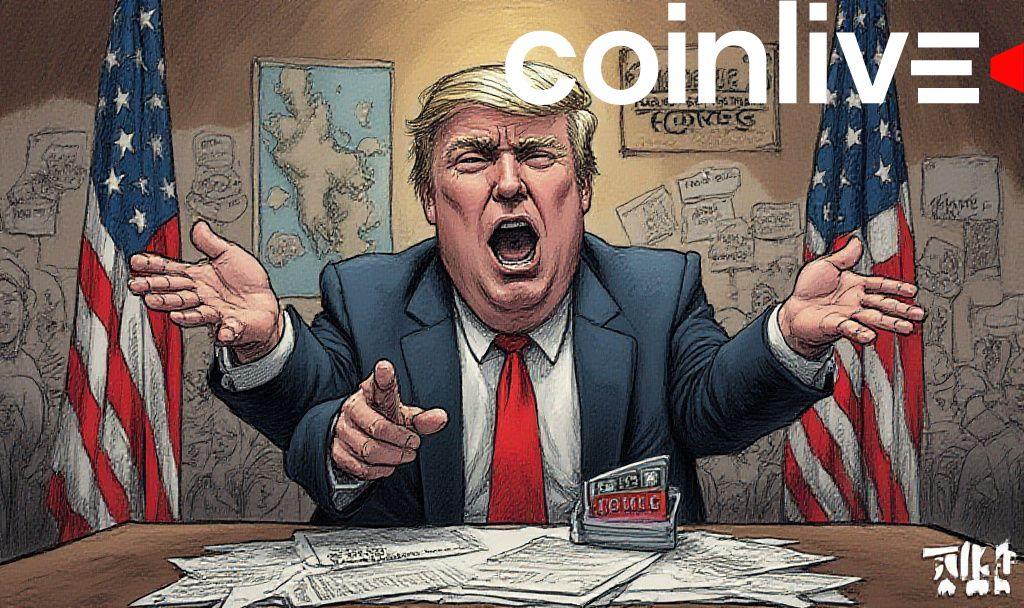- Miscalculation in trade predictions.
- Financial markets react with instability.
- Potential long-term trade partnership shifts.

President Donald Trump has announced a 50% tariff on all European Union goods imported into the United States, effective June 1, 2025, via Truth Social. The decision follows stalled trade negotiations.
Trump’s 50% tariff on EU goods signifies a return to aggressive trade policies, disrupting markets and threatening to increase consumer prices across sectors.
In a recent announcement via his platform Truth Social, President Trump declared a 50% tariff on EU imports starting June 1, 2025, escalating tensions between the U.S. and the EU. This decision emerges just after the 90-day tariff pause agreement, creating unexpected challenges. Apple Inc. faces a 25% duty unless iPhone production moves to the U.S., signaling a potential shift in supply chain logistics.
Stock markets have experienced immediate declines, with losses noted globally. This economic pressure impacts the EU heavily, as it grapples with potential disruptions and financial losses. Apple risks increased production costs and logistical barriers. Trump’s actions stress existing international trade relations, challenging the EU’s response capacity. The economic ripple effect could alter consumer prices, trade policies, and international alliances.
“The EU has found it difficult to make ‘quick and dirty’ deals like the UK did in response to tariff threats.”
Historical precedents suggest prolonged negotiations may follow, aligning with Trump’s known leverage tactics. Market volatility and political tensions could persist, influencing future trade dynamics and policy-making decisions.






